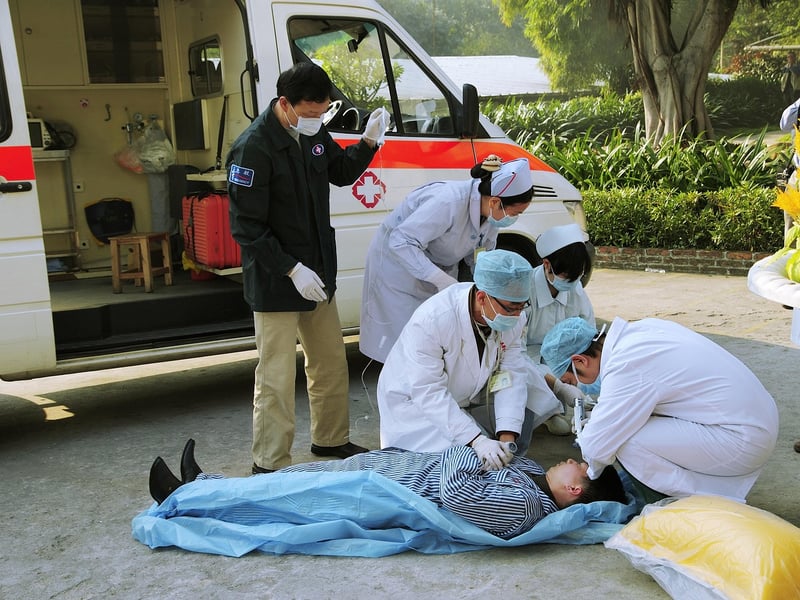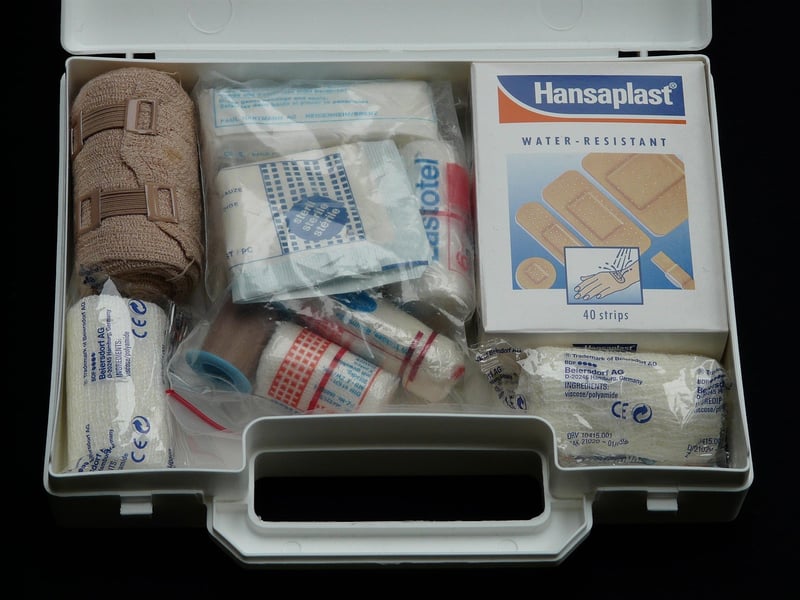First Aid Tips
Precautionary Measures and First Aid Tips
Introduction
Accidents and emergencies can happen unexpectedly, so it's crucial to be prepared with knowledge of precautionary measures and first aid tips. Whether at home, work, or outdoors, being aware of how to prevent accidents and respond effectively in case of an emergency can make a significant difference in ensuring safety.
Precautionary Measures
Prevention is always better than cure. Here are some essential precautionary measures to help reduce the risk of accidents:
- Avoid leaving potentially hazardous items within reach of children.
- Install smoke detectors and fire extinguishers in key areas of your home or workplace.
- Always wear appropriate safety gear when engaging in activities like cycling, skating, or construction work.
- Keep emergency contact numbers and first aid kits easily accessible.
- Regularly inspect and maintain equipment to ensure they are in good working condition.
First Aid Tips
Knowing how to administer basic first aid can be life-saving. Here are some fundamental first aid tips to remember:
- Bleeding: Apply direct pressure on the wound with a clean cloth or bandage.
- Burns: Run cool water over the affected area for at least 10 minutes to minimize skin damage.
- Choking: Perform abdominal thrusts (Heimlich maneuver) for a conscious choking individual.
- Fractures: Immobilize the injured area using a splint or bandage before seeking medical help.
- Cardiopulmonary Resuscitation (CPR): Learn CPR techniques to help revive someone in cardiac arrest.
Conclusion
By following precautionary measures and having basic first aid knowledge, you can be better prepared to handle emergencies effectively. Remember, staying calm and acting promptly can make a significant difference in preventing further harm and ensuring the well-being of those in need.

Stay safe, stay informed, and be ready to lend a helping hand when needed!
